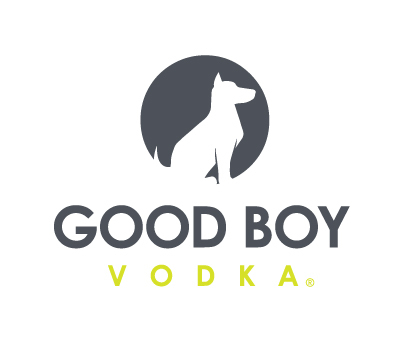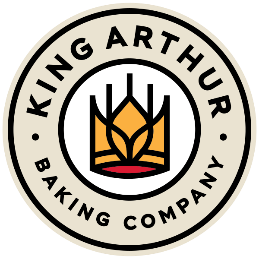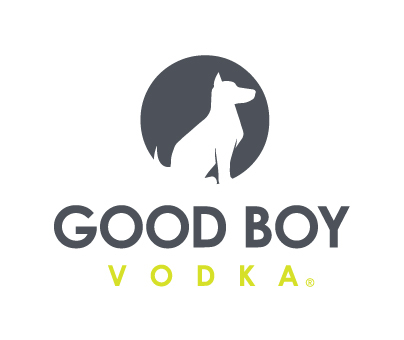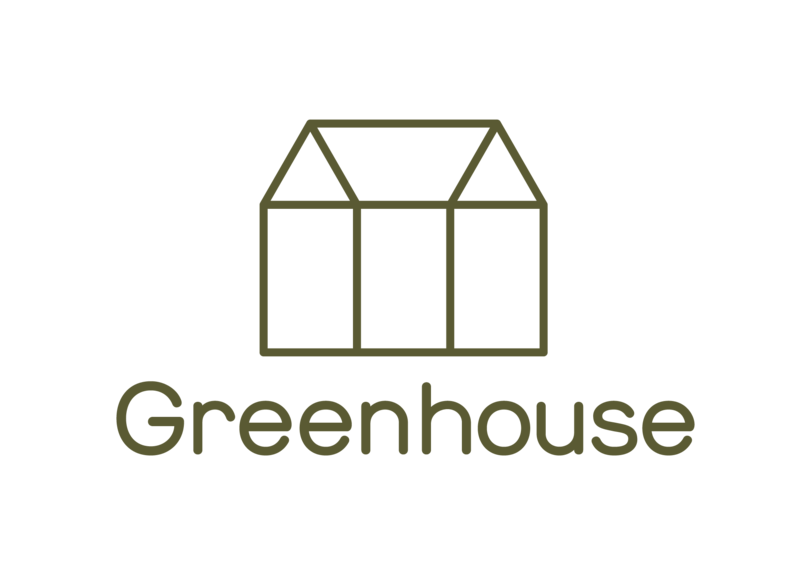They’re HERE: Nothing Spooky About These Real-World A.I. Uses in CPG
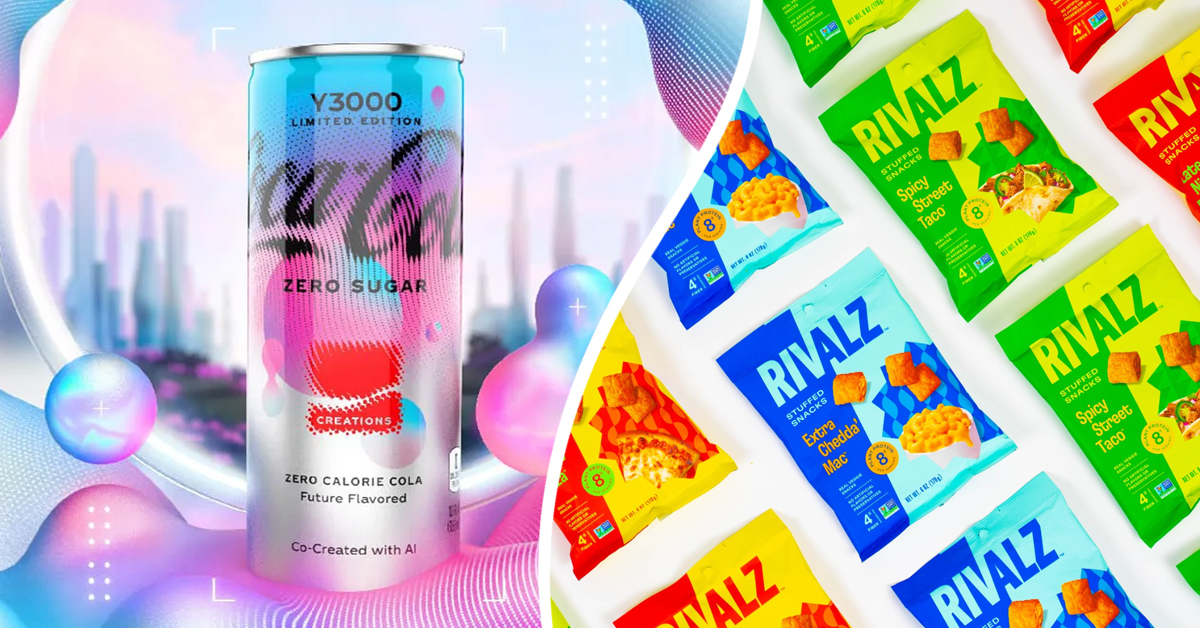
Xeba Zareie had a problem that no one could solve.
During the pandemic, Zareie decided to leave the film industry – she was a production coordinator – to start a gut-friendly functional pudding business called Preme Foods. But as she developed the product, she found herself struggling to find a preservative that met the standards of the rest of her formulation – both premium and natural without any additives. Google searches repeatedly failed to provide the results she needed, as did asking ingredient suppliers and consultants: their suggestions all inevitably failed one of her parameters. As a first-time food entrepreneur, Zareie’s resources were limited. The odds were increasing that she would need to compromise the quality of her final product.
Finally, Zareie decided it couldn’t hurt to try asking a source whose name had suddenly cropped up everywhere: ChatGPT. By listing her rules and forbidding the previous suggestions she’d received, OpenAI’s premier large language model (LLM) was able to offer a solution from her very first prompt – it suggested she use lactic acid. In hindsight, the answer appeared simple and easy to source, but it took an artificial intelligence to finally cut out the artificial ingredients.
“It gave me that answer in literally two seconds, whereas I’ve spent thousands of dollars and hours talking to people who are professionals in this space, and they couldn’t give me that answer,” Zareie said.
Zareie’s use of generative artificial intelligence to identify an ingredient is perhaps one of the simplest ways that brands today are tapping into the wave of new technologies that have hit the market over the past year under the “A.I.” label. Since the launch of ChatGPT in late 2022, media and tech industry leaders have talked about these new A.I. models as a transformative moment not just for business, but for human civilization.
In between the grandiose visions of the A.I. future that have dominated the discourse, and the heaps of investment dollars flooding the sector, these programs are already being integrated into many aspects of life and business, and the umbrella of what qualifies as A.I. is much larger than just the automatic text or image generation tools that have grabbed headlines.
In the food and beverage industry, A.I. software is being used for in-depth product formulation, supply chain and warehousing management, data analysis, budgeting and forecasting, delivery tracking, and marketing. Some larger companies, like PepsiCo, have had machine learning capabilities integrated into their manufacturing and product development processes for years, while others, such as Coca-Cola, are heavily embracing the hype in their marketing with “AI Experience” events and limited-time flavors created from computer-generated ideas.
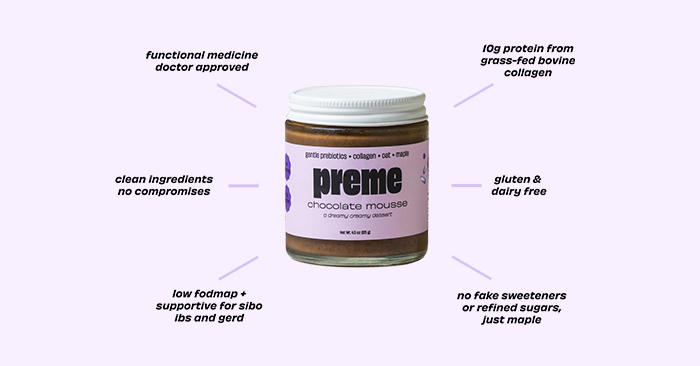
Bank of America Global Research projected that global revenue from generative A.I. software, hardware and service sales would reach over $900 billion by 2026, up from $318 billion in 2020, and projected the tools could contribute around $15.7 trillion to the global economy by 2030. According to a Mordor Intelligence report, A.I. tools for the global food and beverage industry are expected to reach $48.9 billion by 2029, up from the current market valuation of $9.68 billion.
Understanding how brands, and in particular startups, can actually begin adopting and utilizing A.I. tools can still seem mystifying to those without experience in the tech space. However, getting started may not be as difficult as it seems, although depending on the scale of your ambitions it can potentially cost a chunk of change to get rolling. And knowing how to use the tools at hand – and understanding their limitations – is key.
“There’s the hype and then there’s reality,” said Donald F. Wilkes, founder and CEO of natural flavor manufacturer Blue Pacific Flavors, whose company has already adopted new tech to aid in product formulation.
While A.I. may not necessarily be ready to replace the workforce, Wilkes said it’s already changing the way people get their jobs done.
Formulating with A.I.
In practice, using generative A.I. in food and beverage formulation is not too far off from Zareie asking ChatGPT for a one-ingredient solution to her recipe conundrum. But that type of problem-solving can be supercharged and fully automated with a proper A.I. platform trained specifically on data around product development, capable of rapidly tracking and testing thousands of potential ingredients and recipes.
Even with its existing team of flavor experts, Wilkes said Blue Pacific is able to utilize A.I. to significantly optimize its output, analyze and predict flavor trends, and better personalize flavors to its customers’ requests – and it’s still only the early days of the technology, suggesting it will continue to improve and operate at even faster and more accurate rates.
“It’s very hard for the average person to know thousands of chemicals and, specifically, what each of those chemicals will do at certain levels in terms of characterizing qualities,” he said. “What are the characteristics of a flavor that maybe triggers that sensorial experience for the consumer? We may find, through the use of A.I. and other technology platforms, how better to address consumer preferences and where the trends are going.”
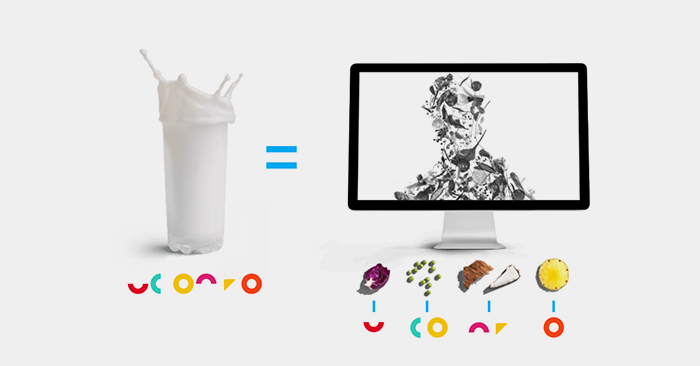
Some food and beverage brands have been ahead of the curve on using A.I. models to develop their recipes. Chilean plant-based brand NotCo, founded in 2015, uses its own proprietary system to identify ingredients and formulations on the molecular level that allow it to most accurately and efficiently recreate the taste and mouthfeel of meat and dairy products with vegan ingredients.
Named “Giuseppe” after the 16th century Italian artist Giuseppe Arcimboldo who painted portraits of people made out of food, NotCo’s platform features a number of applications that take into consideration taste, texture, color and nutritional value, and can provide analytics and even guides on how to best treat each ingredient to achieve the desired effect. For example, on its website NotCo claims Giuseppe found that pineapple and cabbage contained molecules similar to dairy milk, allowing it to then extract those ingredients to add “milky and creamy notes” to its final product.
The company has raised over $433 million in funding across multiple rounds and includes Jeff Bezos – through his Bezos Expeditions firm – among its investors. In addition to national retail distribution in the U.S., NotCo has also targeted the fast food sector, previously partnering with Burger King and Starbucks in Latin America.
But A.I. doesn’t just need to be used for complex molecular recreations of natural foods. Startup snack brand Rivalz, which offers a line of better-for-you stuffed snacks made with vegetables and featuring flavors like Late Night Pizza and Spicy Street Taco, has likewise made heavy use of its own proprietary A.I. system to develop its products.
According to CEO Peter Barrick, the company estimates that without using its platform, which is focused on the extrusion process, the company would have needed to conduct around 500,000 experiments to create the product line it launched with last year. Through the use of predictive analytics, Barrick said the company achieved its current formulation in just 71 iterations. The total process, he said, took around six months with just one full-time employee (also working with consultants), while using traditional methods could have taken around 18 months with at least seven full-time R&D team members.
In order for the project to work, Rivalz had to build its own data set to input to the A.I. platform, and earlier this year, the brand announced it had closed a $6.1 million seed funding round to support the research and development process. However, Barrick said he believed creating its own data set was worthwhile as he was unsure he could trust the data included in “stock A.I.” programs that are currently available for B2B sales.
Barrick told Nosh that Rivalz partnered with an A.I. firm to develop its technology, but declined to name the business. As well, the company worked with an extrusion expert to oversee the process.
“You combine those two, an A.I. platform or firm … with one of the best subject matter experts in food, and that’s where the magic happens,” Barrick said. “And that’s one of the key things that the market does not understand – that you can have this powerful tool, but you have to have somebody who understands the problem you’re trying to solve, and then can execute and pull them together.”
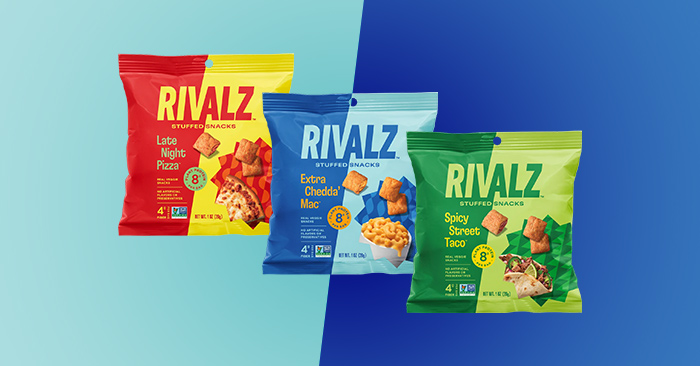
Crunching the Numbers
Functional coffee and matcha brand Taika, co-founded by former tech industry professionals Michael Sharon and Kal Freese, has frequently sought the cutting edge when it comes to new technology. The brand previously dabbled in web3 and created an original mate flavor via a decentralized “DAO” format, and now Sharon said the company is very interested in adding A.I. capabilities to its back end; after all, he said, “You can’t spell Taika without ‘A.I.’”
While the company hasn’t been able to fully integrate new A.I. models into its system yet, Sharon said he’s eager to begin using it to organize and analyze the brand’s data sets. Often, he said, CPG retail data tracking platforms can feel a decade or more behind modern tools and aren’t always intuitive to read through. But with LLM-powered systems, Sharon said he believes Taika would be able to quickly sift through both brand and category data in order to determine the key insights almost instantly.
“We’re a fast-growing CPG company and we have POS data from a couple thousand stores, so it’s not really such a large dataset,” Sharon said. “But I think that the bigger problem is the analysis, the interpretation. Being able to sort of succinctly extract insights, that is going to allow me to then go and decide where to spend money.”
Largely, when it comes to data management and analysis, A.I. is simply taking existing capabilities – such as inventory tracking – and automating the process to be easier, faster and more accurate.
According to Waqqas Mahmood, director of strategic consulting at Marcum Technology, a tech and financing consulting firm, standard data management is one of the most impactful A.I. applications for businesses. That includes not just trend and sales data, but supply chain management, budgeting, retail footprint tracking and weather forecasting – the latter of which would allow brands to better account for possible disruptions in delivery or potential spikes or lulls in demand in certain regions (say, an ice cream brand being able to better automatically track specific markets about to experience heat waves or freezes).
Neil Kimberley, a longtime beverage executive and consultant, said that A.I.-powered warehousing tools are helping to prevent lost and forgotten products, as computers can now help distribution centers plan where to place inventory and keep track of where on the floor a given product is.
Mahmood noted that companies can look at how they integrate A.I. from multiple perspectives: there’s a cost-savings approach – using data models to reduce manpower and inefficiencies – and a revenue-generating approach where brands can leverage the data to execute on strategy.
Where companies falter, Mahmood said, is when they race to adopt A.I. without fully thinking through how it provides value to the business. Information security and taking steps to ensure you’re feeding your data into a secure system is also vital.
“People think ‘I have a gen A.I. hammer, I’m gonna go find some nails,’” Mahmood said. “There’s a lot to do with coming up with a methodology or a framework to follow … and really think about data maturity, data governance and security first before you start experimenting with gen A.I.”
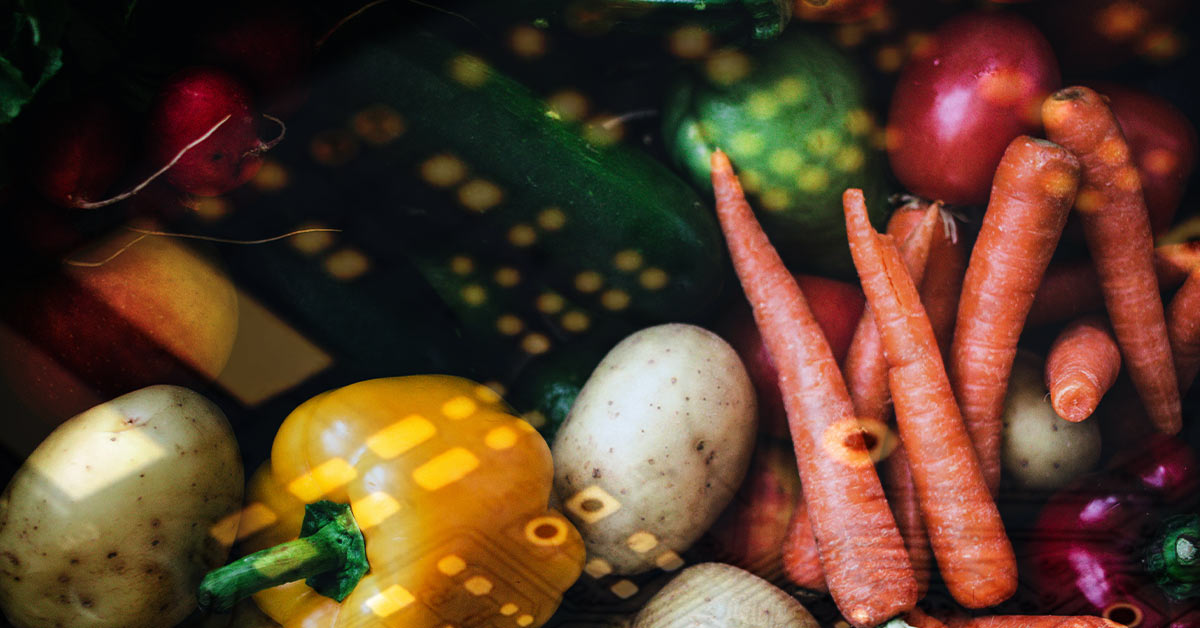
Automating Everything
One of the more amusing outputs of the modern A.I. boom has been prompt-generated artwork, produced through platforms like Midjourney and OpenAI’s DALL-E. While this tool has proven useful for some brands looking to visualize possible ideas for new products and packaging, translating the results into a physical object is much more difficult.
Since November, business building platform Pietra has begun positioning itself as a one-stop shop to turn A.I.-envisioned products into a reality. CEO Ronak Trivedi told Nosh that last fall the company launched a new system that allows customers to create new products – ranging from food and drink brands to clothing – through text prompts. Users can then adjust the auto generated design until they’re ready to begin sourcing materials and manufacturers to make their products.
Pietra’s system, Trivedi said, can produce a full list of ingredients and materials necessary to create the generated product in real life and can connect users to available suppliers to procure each item. Then, the system provides access to manufacturers covering over 40 categories that are available to begin producing the products to spec, streamlining the entire development process.
“In a content-first world, which we are more and more moving towards, we find that the next generation of entrepreneurs and brands aren’t going to look like the last 20 years – we don’t believe that the world is going to have these big operations teams,” he said. “We believe super lean teams can go and build a $10, $20, $50 million business without having to build out the expertise in manufacturing, logistics and storage and warehousing and importing ecommerce and development.”
Trivedi said the process can reduce months of design work down to 10 minutes or less and the company is seeing roughly 10,000 products designed each day through its platform (though it wasn’t clear if that’s how many are fully brought through from design to fruition).
Although Pietra’s process sounds like an existential threat to the branding and design agency world, Trivedi said he doesn’t believe the technology is fully replacing human jobs – yet. While A.I. is a powerful tool for creating designs, conceiving those designs is still primarily a human task and machines have not yet achieved a level of creativity on their own that can consistently keep up.
“It’s actually a shift, I think, away from busy, monotonous work and to a better use of people,” he said. “As these industries move away from busy work and more into design and marketing and creativity, we’re going to see these historically big operations teams and small marketing teams shift to larger marketing and content teams and smaller operations teams, because their operations is the part that can be automated with technology.”
But even automated operations still require some organic oversight – for now, at least. At Blue Pacific, Wilkes said that when integrating A.I. it was important to be clear with team members that the technology is there to make their jobs easier, not to replace them.
“We want to make sure that our team is working on areas that are valued to the company, that also address customer needs quickly,” Wilkes said. “From that standpoint, it’s going to be very important to build the right culture around it.”








